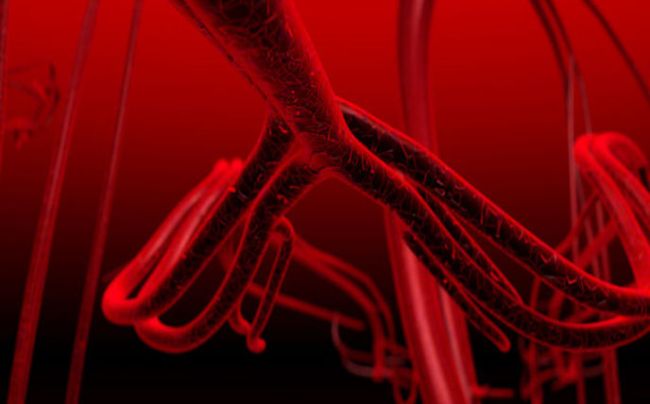In May last year, the New Journal England of Medicine published the story of how baby Kaiba Gionfriddo was saved by an artificial splint made using 3D printing. Kaiba was 6 weeks old when he suddenly stopped breathing at a restaurant, turning his face blue.
Doctors confirmed that he was suffering from tracheobronchomalacia, a rare illness which weakens the windpipe, causing it to collapse easily; thus preventing air from entering the lungs.

The artificial splint, the brainchild of researchers at the University of Michigan, helps to hold Kaiba’s windpipe open, aiding him to breathe normally. Made out of a material called polycaprolactone, the device will dissolve after about 3 years, about the right time Kaiba’s windpipe will have grown, rendering the splint unnecessary.
Fast forward a year later, a team of scientists from Brigham and Women’s Hospital (BWH), have created artificial blood vessels using the technique of 3D printing. The invention is a breakthrough in the medical field, potentially making 3D-printed organs ‘alive’ or even transplant procedures for vascular diseases.
Also read: Harvard grad wows world with 3D make-up printing. Really.
Here’s how the researchers did it: First, they created a fibre template made up of agarose, a naturally derived sugar-based molecule. Once this was done, the mold was covered with a gelatin-like substance called hydrogel, forming a cast which was then reinforced via photocrosslinks.

“Our approach involves the printing of agarose fibers that become the blood vessel channels. But what is unique about our approach is that the fiber templates we printed are strong enough that we can physically remove them to make the channels,” Phys.org reported Dr. Ali Khademhosseini as saying.
“This prevents having to dissolve these template layers, which may not be so good for the cells that are entrapped in the surrounding gel.”
Is it not known when the artificial blood vessels will be ready for actual surgery on patients. The potential is nevertheless immense, with potential cost savings for patients as compared to donor transplant or stem cell therapy. Perhaps, the progress of 3D-printed organs or blood vessels will ultimately depend on this question: how and when will we truly (and ethically) embrace the technology?
Also read: 3D Food Printing is the next big thing, and it’s already happening








